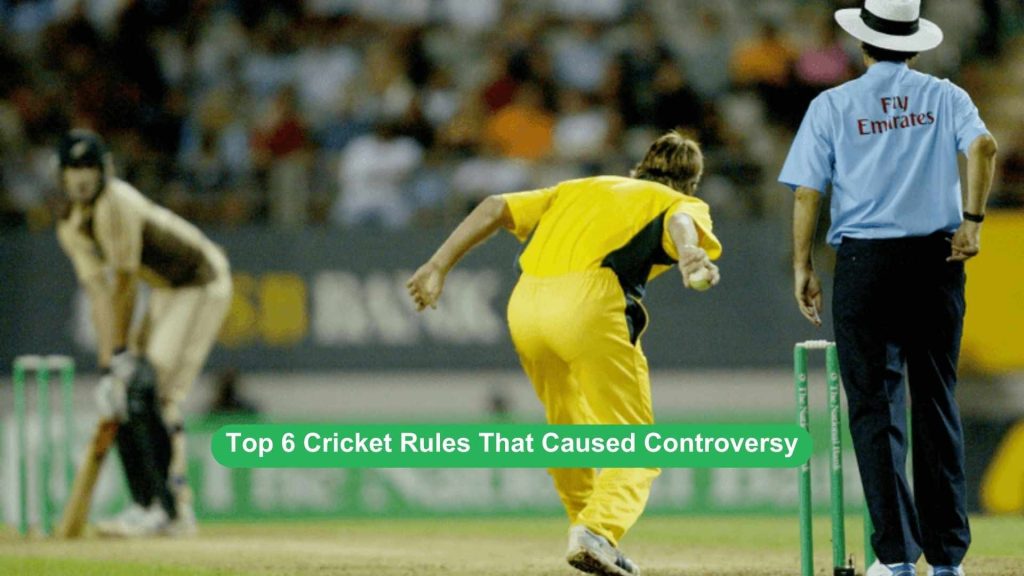People often think cricket is hard to explain to someone who has never seen it. The game has many rules, which can confuse viewers. Still, over 2 billion people around the world enjoy watching it.
When something happens on the cricket field, everyone shares their opinions. Because of this, some cricket rules often cause debates. Today, we’ll talk about six rules that are frequently in the spotlight and discussed by fans and experts.
6. Underarm bowling rule
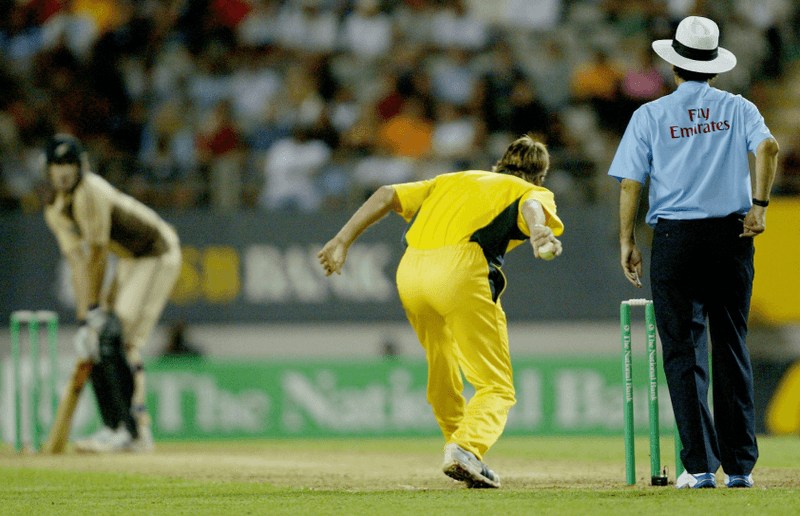
“Underarm bowling was a common practice in cricket for many years. During a 1981 ODI match between Australia and New Zealand, Australian captain Greg Chappell asked his brother Trevor Chappell to bowl underarm when New Zealand needed seven runs from the final ball. Greg informed the umpire, who then told the New Zealand batsmen about it.
Brian McKechnie played the last ball, but Greg Chappell faced worldwide criticism for his decision. Even his brother, Ian Chappell, a former Australian player and commentator, openly disagreed during the broadcast, saying, ‘No, Greg, no, you can’t do that.’
Although the rule was part of the ICC’s guidelines, it wasn’t included in the rules for that particular match. This incident brought the underarm rule into the spotlight and became a controversial moment in cricket history, widely criticized across the world.
5. Chucking rule (Illegal bowling)
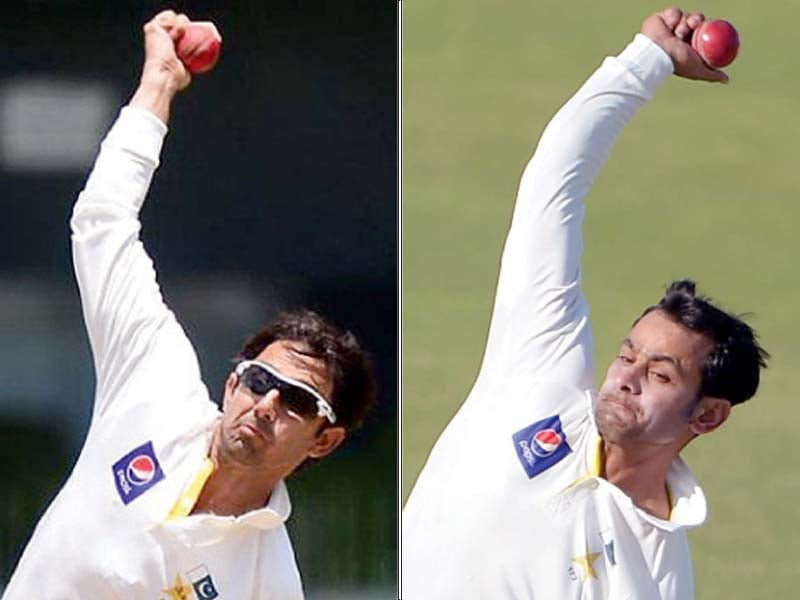
“In cricket, a rule was made to stop illegal bowling actions, but a major controversy in 1990 led to its addition to the ICC rulebook. Before 1990, technology could measure the angle of a bowler’s arm, but an incident in an international match made the ICC review the rule in detail.
Sri Lankan cricketer Muttiah Muralitharan faced this issue in 1995 during the Boxing Day Test against Australia. The umpire called him for chucking, claiming his bowling action was illegal. He was sent for testing in a lab, where he passed. However, during another tour to Australia a few years later, he was again called for chucking and removed from the match. This happened during the Adelaide Test, and Sri Lankan captain Arjuna Ranatunga protested by pulling the team off the field.
According to the current ICC rule, a bowler’s arm must not bend more than 15° while delivering the ball. If a bowler is suspected of having an illegal action, they are sent to a lab for testing.”
4. Tie-breaker rules

“In cricket, just like in football and hockey, a match was considered a tie when both teams had the same score, and the honors were shared. But with the rise of T20 cricket, a new rule was introduced to ensure more matches had a clear winner.
Earlier, if a cricket match ended in a tie, a method called ‘ball out’ was used to decide the winner. Five bowlers from each team took turns bowling at the stumps without a batsman, and the team that hit the stumps the most was declared the winner.
Also Read: All the Cars Cristiano Ronaldo Owns In 2024
Another unusual rule, the boundary count rule, was also introduced to decide tied matches. This rule was famously used in the 2019 World Cup final between England and New Zealand. When the super over ended in a tie, England was declared the winner because they had hit more boundaries in the match. However, this rule has now been removed, and the super over is used to decide tied matches.”
3. Mankad
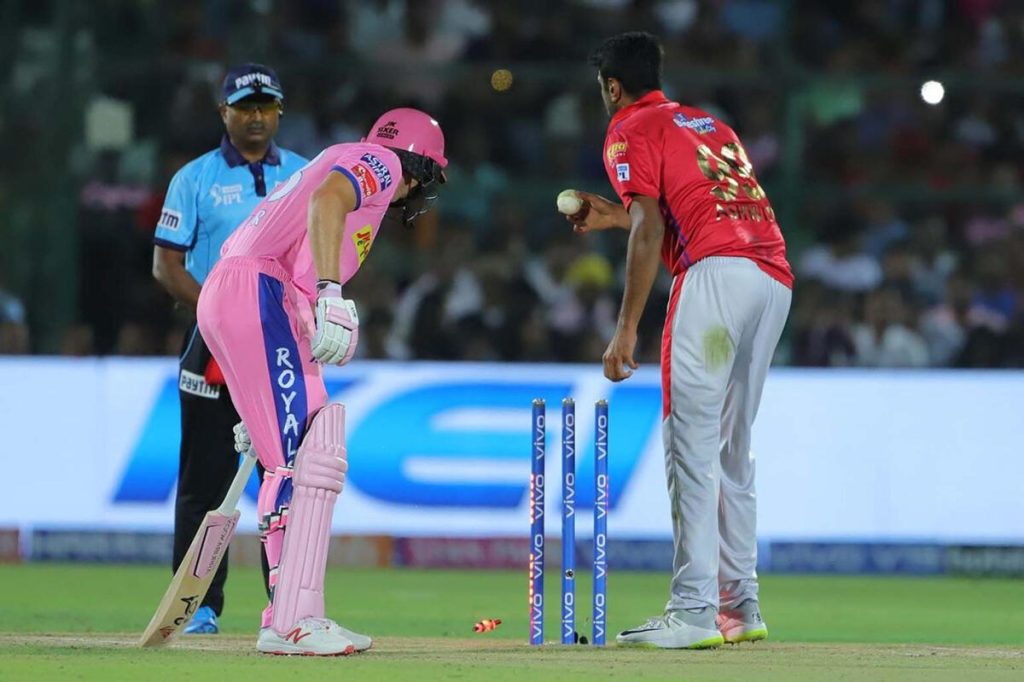
The Mankad rule is a simple rule that allows a bowler to run out a batsman if they step out of the crease before the ball is bowled. This rule is named after Indian cricketer Vinoo Mankad.
Vinoo Mankad first used this rule to get a wicket against Australia in 1947-48. Since then, only eight players have been out this way. Even though this rule is in the cricket handbook, bowlers often face criticism when they use it to dismiss a batsman. The main question today is: how can someone be out when the ball hasn’t even been bowled?
2. DLS system
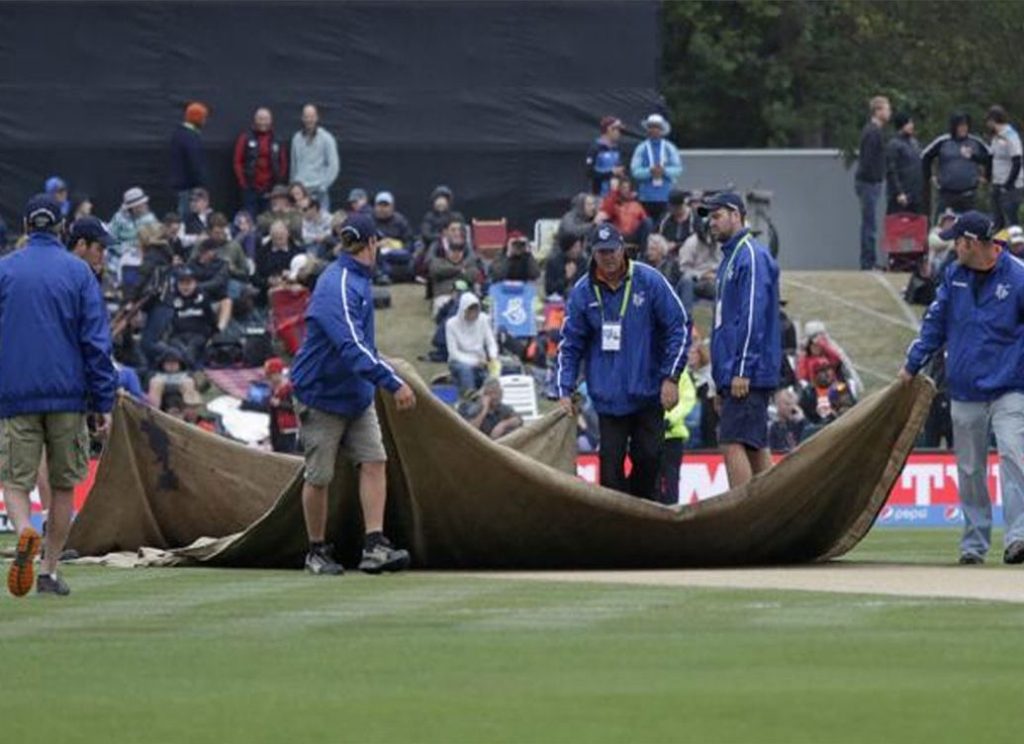
“When ODI cricket became more popular, there was a rule that seemed unfair to both teams—the rain rule. Originally, if a match was interrupted by rain, the rule was simple: If the first team scored 260 runs in 50 overs, the second team had to score 130 runs in 25 overs. This was known as the average run rate rule.
There was a lot of anger after a 1992 World Cup match, when this rule led to South Africa being knocked out due to rain. This sparked a need to change the rule. After that match, British statisticians Frank Duckworth and Tony Lewis developed a mathematical solution to make it fair.
The new rule considered all match factors and was mathematically fair, but it was often difficult for fans and players to understand. In 2014, Australian statistician Steve Stern suggested some changes, and the rule was renamed Duckworth-Lewis-Stern (DLS).”
1. Umpires call
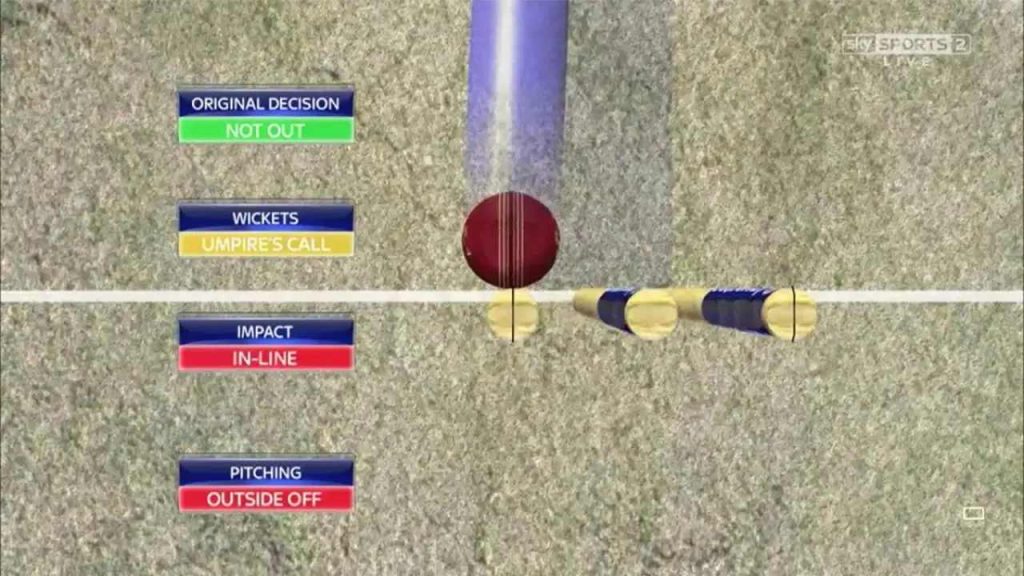
This rule has been discussed a lot in cricket recently. It states that during a DRS review for an LBW appeal, at least 50% of the ball must hit the stumps for the decision to be given out. If less than 50% of the ball hits the stumps, the on-field umpire’s decision stands, and it’s called the “umpire’s call.”
Under the new rule, if 50% or more of the ball hits the stumps, the batter will be given out. If less than 50% hits, the on-field umpire’s decision remains. The “umpire’s call” can sometimes be unfair to one team or benefit another, but the TV umpire cannot change the field umpire’s call in these cases.
Also Read: ACC U19 Asia Cup Winners: India Stays On Top
